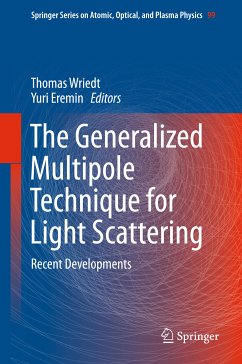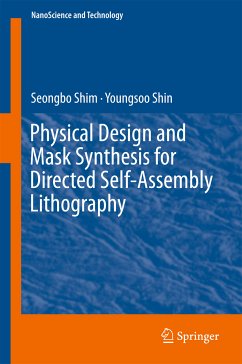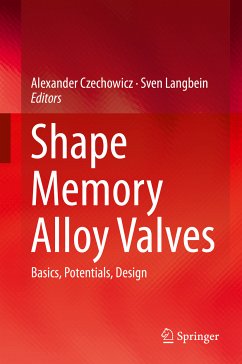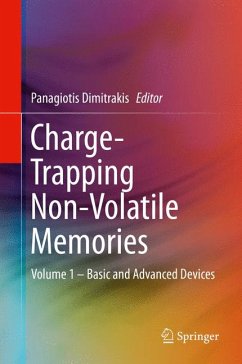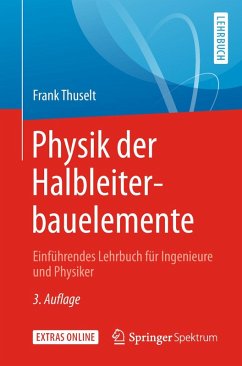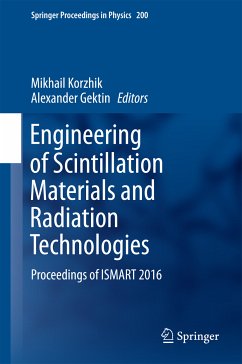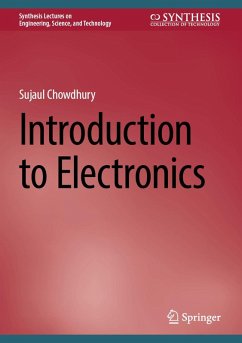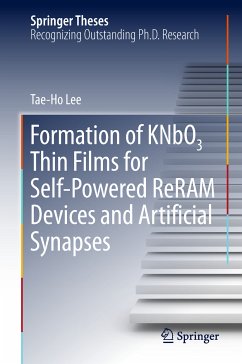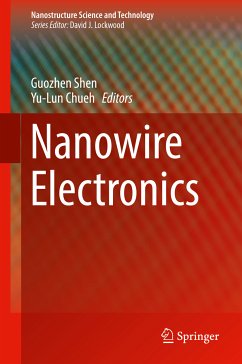
Studies with a Liquid Argon Time Projection Chamber (eBook, PDF)
Addressing Technological Challenges of Large-Scale Detectors
Versandkostenfrei!
Sofort per Download lieferbar
40,95 €
inkl. MwSt.
Weitere Ausgaben:

PAYBACK Punkte
20 °P sammeln!
Michael Schenk evaluates new technologies and methods, such as cryogenic read-out electronics and a UV laser system, developed to optimise the performance of large liquid argon time projection chambers (LArTPC). Amongst others, the author studies the uniformity of the electric field produced by a Greinacher high-voltage generator operating at cryogenic temperatures, measures the linear energy transfer (LET) of muons and the longitudinal diffusion coefficient of electrons in liquid argon. The results are obtained by analysing events induced by cosmic-ray muons and UV laser beams. The studies ar...
Michael Schenk evaluates new technologies and methods, such as cryogenic read-out electronics and a UV laser system, developed to optimise the performance of large liquid argon time projection chambers (LArTPC). Amongst others, the author studies the uniformity of the electric field produced by a Greinacher high-voltage generator operating at cryogenic temperatures, measures the linear energy transfer (LET) of muons and the longitudinal diffusion coefficient of electrons in liquid argon. The results are obtained by analysing events induced by cosmic-ray muons and UV laser beams. The studies are carried out with ARGONTUBE, a prototype LArTPC in operation at the University of Bern, Switzerland, designed to investigate the feasibility of drift distances of up to five metres for electrons in liquid argon.
Dieser Download kann aus rechtlichen Gründen nur mit Rechnungsadresse in A, B, BG, CY, CZ, D, DK, EW, E, FIN, F, GR, HR, H, IRL, I, LT, L, LR, M, NL, PL, P, R, S, SLO, SK ausgeliefert werden.




